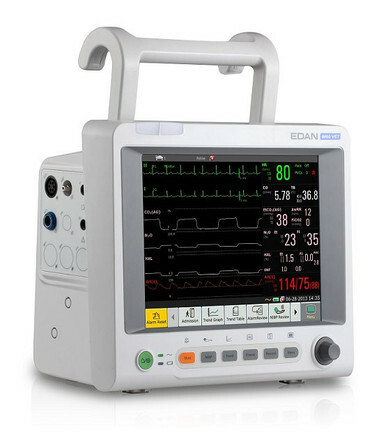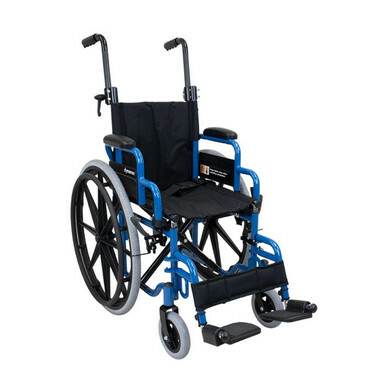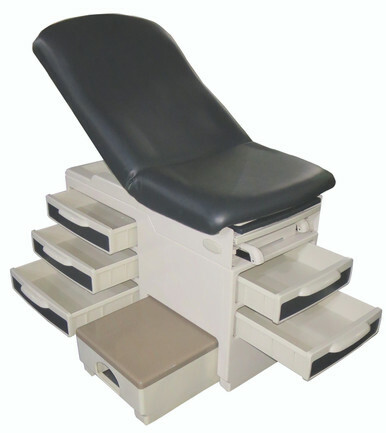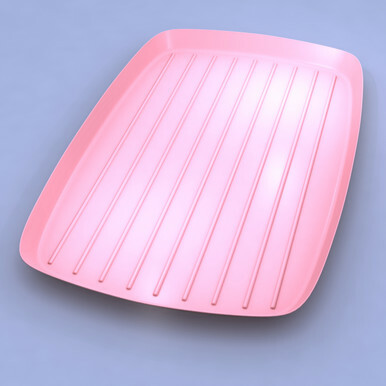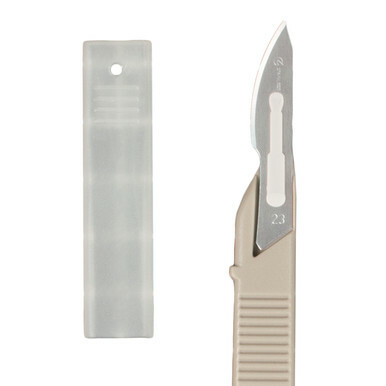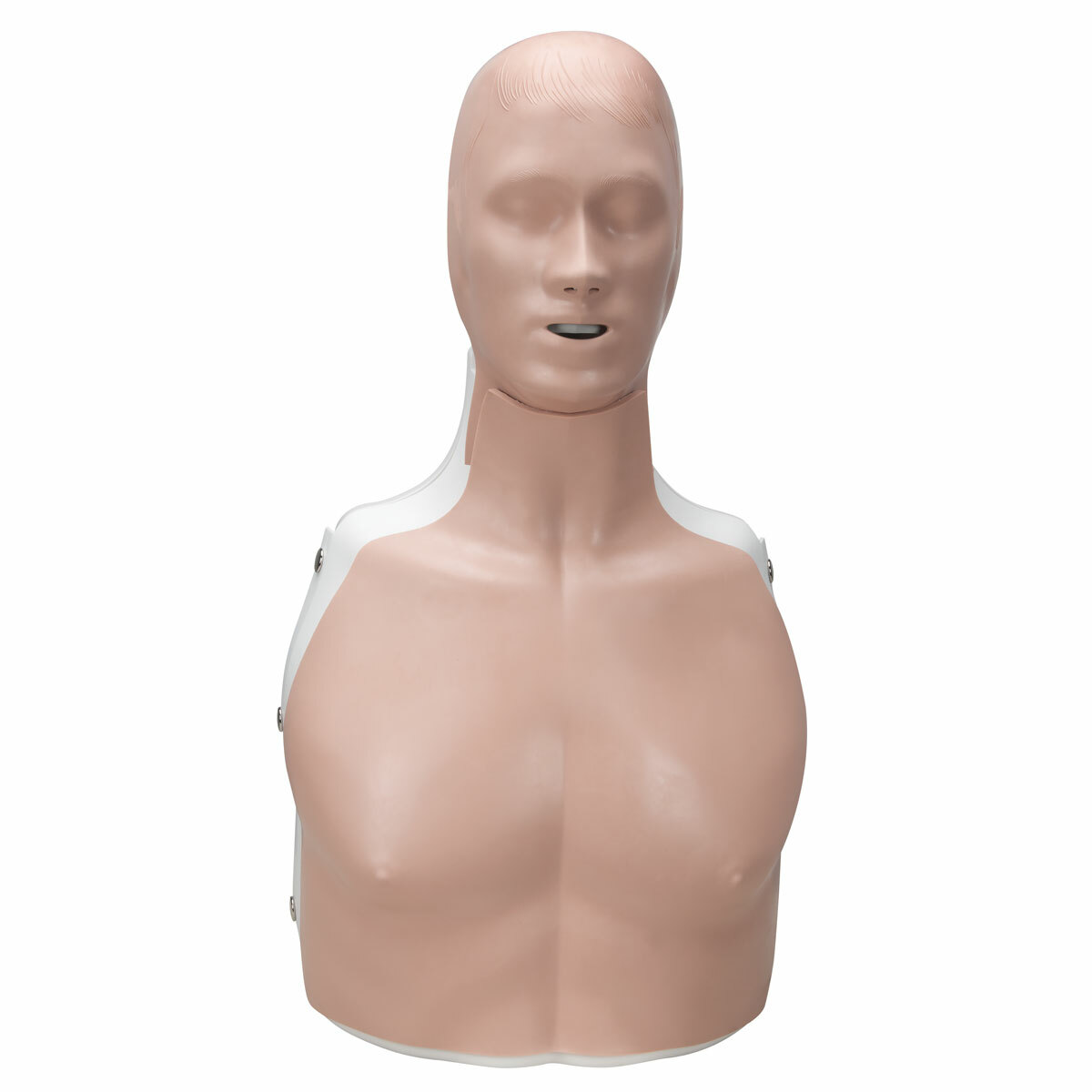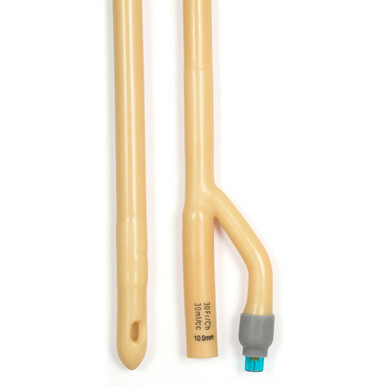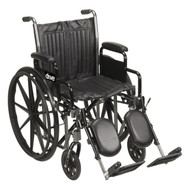Empowering Mobility: Exploring the World of Wheelchairs
Posted by EMRN on 13th Sep 2023
Introduction
Wheelchairs are much more than just a mode of transportation; they symbolize freedom, independence, and the ability to navigate the world despite physical limitations. In this blog post, we will embark on a journey to explore the fascinating world of wheelchairs. From their history and evolution to the various types available today, we will delve into the significance of these mobility aids in enhancing the lives of individuals with diverse needs.
The Evolution of Wheelchairs
The concept of wheelchairs dates back centuries, with early designs being rudimentary and cumbersome. It wasn't until the late 17th century that the first recorded wheelchair, designed specifically for King Philip II of Spain, featured a comfortable seat mounted on an axle with large wooden wheels. Fast forward to the 20th century, and we saw significant innovations, including the introduction of foldable wheelchairs, which greatly improved portability.
Modern wheelchairs have undergone remarkable transformations in terms of materials, design, and technology. Lightweight materials like aluminum and titanium have replaced the bulky wooden frames, making wheelchairs easier to maneuver and transport. Additionally, advancements in ergonomics have led to more comfortable seating options, while innovations like power-assisted wheelchairs and smart wheelchairs have further increased mobility and independence for users.
Types of Wheelchairs
Wheelchairs come in various types, each designed to cater to specific needs and preferences. Some of the most common types include:
- Manual Wheelchairs: These are operated by the user or a caregiver, relying on the user's arm strength to propel the chair forward. They are lightweight and versatile, making them suitable for both indoor and outdoor use.
- Power Wheelchairs: Powered by electric motors, these wheelchairs offer greater independence to users who may have limited upper body strength. They are often equipped with various seating and control options to cater to individual needs.
- Sports Wheelchairs: Designed for athletes, sports wheelchairs are specialized for various sports, such as basketball, tennis, and racing. They are lightweight, maneuverable, and offer optimal performance.
- Pediatric Wheelchairs: Tailored to the needs of children, these wheelchairs provide comfort and support for young users, enabling them to participate fully in daily activities.
- All-Terrain Wheelchairs: For those who love the outdoors, all-terrain wheelchairs are equipped with sturdy wheels and suspension systems, allowing users to navigate rough terrain with ease.
The Impact of Wheelchairs on Quality of Life
Wheelchairs are more than just a means of getting from point A to point B; they are life-transforming devices. They empower individuals with mobility challenges to lead fulfilling lives, engage in social activities, pursue education and careers, and maintain independence.
The importance of customized wheelchairs cannot be overstated. A well-fitted wheelchair ensures comfort and reduces the risk of developing secondary health issues such as pressure sores and musculoskeletal problems. Moreover, it allows users to access public spaces, travel, and experience a sense of inclusion that is essential for their overall well-being.
Conclusion
Wheelchairs have come a long way from their humble beginnings, evolving into highly specialized and technologically advanced mobility devices that enhance the lives of millions around the world. They are not just tools; they are symbols of resilience, determination, and the human spirit's capacity to overcome physical challenges. As we continue to innovate and improve wheelchair design and accessibility, we move closer to a world where mobility is truly inclusive for all.




























